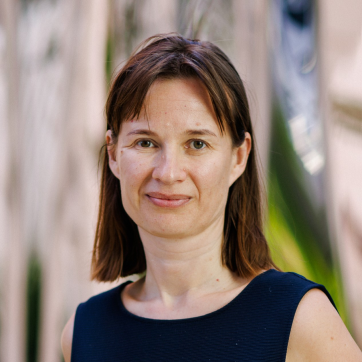Navigating the Future of Satellite IoT: Industry Insights and Regulatory Landscape
26 Aug 2024

By Yulia Kulikova, Director Spectrum and Regulatory Affairs
The satellite Internet of Things (IoT) industry continues to evolve, with regulatory frameworks in the United States and European Union playing a significant role in shaping its future. At Myriota, we actively engage with these regulatory environments to contribute to the development of satellite IoT. Our experiences provide valuable insights into how these frameworks are influencing the industry’s growth and potential.
The US Regulatory Landscape
The Federal Communications Commission’s (FCC) fee collection process for the fiscal year 2024 has become a hot topic of debate within our industry. With a mandated collection of $390,192,000 USD, the industry is facing potential fee hikes that could significantly impact budgetary planning. This unique process, framed by Congress, introduces a level of uncertainty that’s challenging for startup and scaleup companies to navigate.
The creation of the FCC’s new Space Bureau reflects the growing complexity of the satellite industry and has introduced adjustments to the fee structures for satellite operators. At Myriota, we’ve been actively engaged in the consultation process, advocating for a more balanced approach to fee allocation. We believe it’s crucial to recognise the varying resource demands of different constellation sizes, ensuring that smaller operators aren’t disproportionately burdened.
Despite these challenges, we see immense potential in the US market. The growing demand for affordable satellite connectivity, particularly in remote areas, presents a significant opportunity for innovative solutions like ours.

The European Approach
Another market of major importance to Myriota is Europe.The European regulatory environment for satellite IoT is characterised by streamlined processes that facilitate market access. The principles of ‘free circulation’ and ‘general authorisation’ have been particularly beneficial for companies like Myriota, allowing our IoT terminals to operate across member states without individual licences.
The European Conference of Postal and Telecommunications (CEPT) has played a pivotal role in fostering this environment. Their decisions have favoured IoT devices operating in frequency bands below 1 GHz, which aligns perfectly with our technology.
Recent initiatives by the European Commission, such as exploring a single EU-level authorisation for electronic communications networks and services, signal a continued commitment to streamlining regulations. While challenges remain, we’re optimistic about the direction of European policy in this area, as Europe remains the trendsetter for other regulators in the satellite sector.

Shaping the Future of Global Connectivity
As we navigate the regulatory landscapes of satellite IoT in both the US and EU, it is clear that this technology is essential for enhancing global connectivity. While challenges such as fee uncertainties and regulatory complexities exist, they also provide opportunities for innovation and growth within the industry.
As a satellite IoT pioneer, Myriota has navigated the evolving landscape of this technology for years, gaining invaluable insights that shape our approach to industry support. We recognise and champion the crucial role that satellite IoT plays in expanding connectivity, particularly in remote and underserved areas. Our proactive engagement with regulatory processes highlights the importance of advocating for balanced policies that support all operators, ensuring that the benefits of this technology are accessible to a wider audience.
Moving forward, collaboration among industry stakeholders, regulatory bodies, and policymakers will be crucial in shaping a framework that fosters innovation while ensuring responsible use of satellite technologies. By working together, we can leverage the potential of satellite IoT to drive positive outcomes across various sectors and improve connectivity for all.

